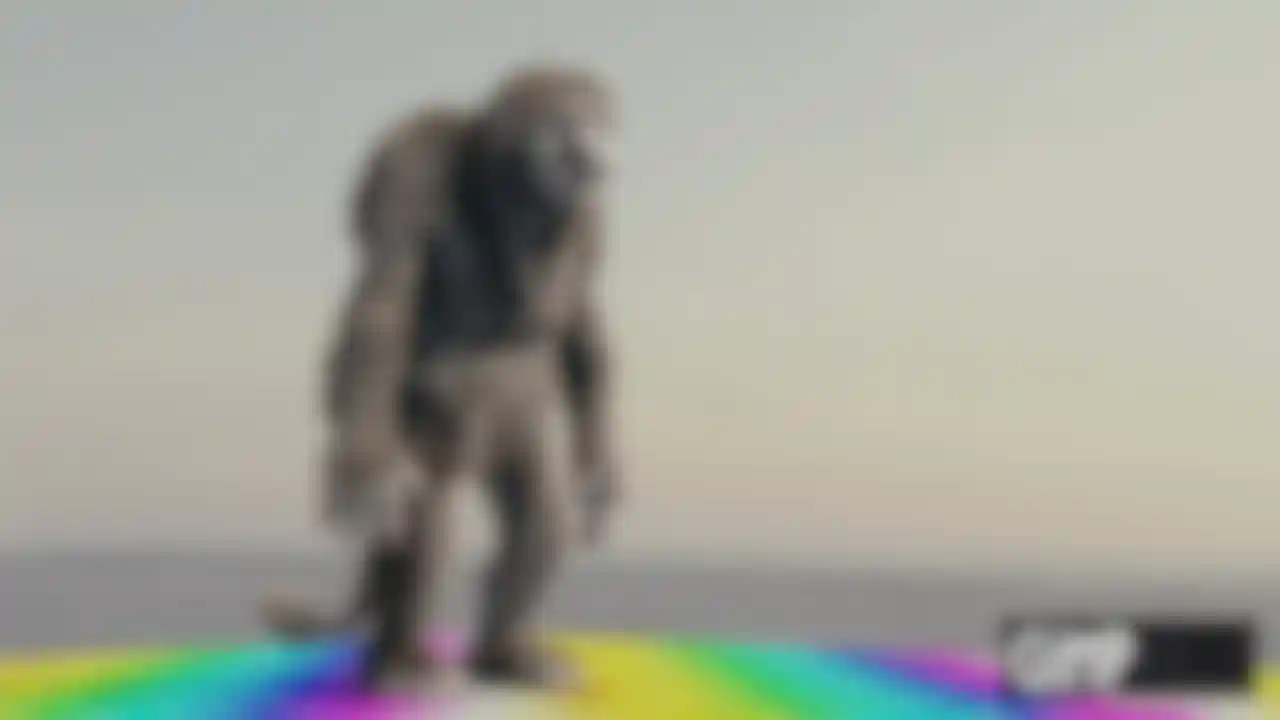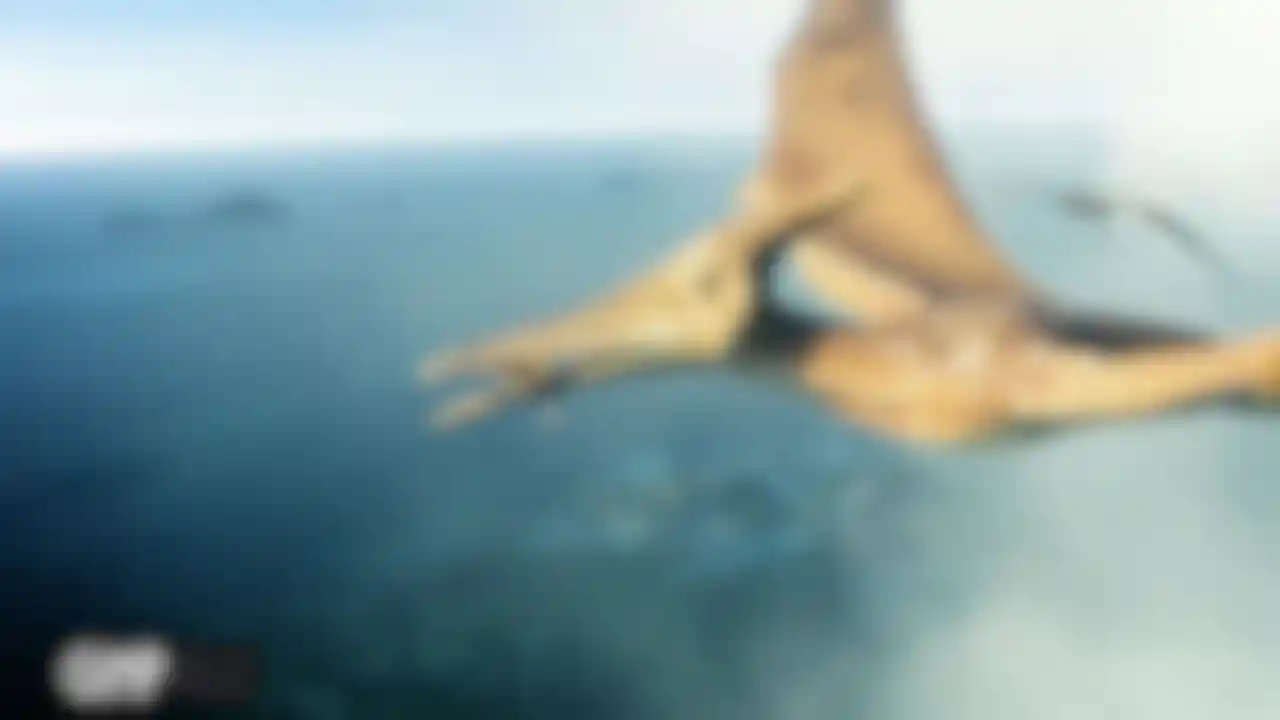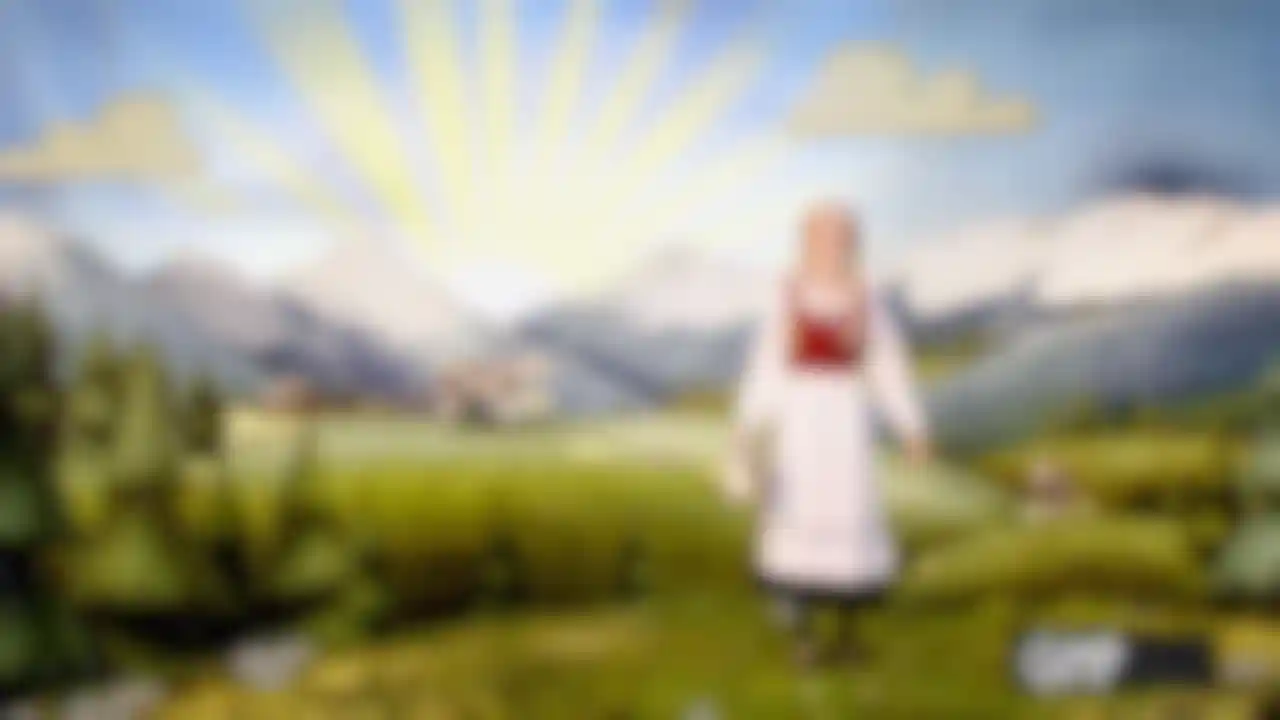
Troll Hunter - Gimpville Learn how Gimpville created what is possibly one of the largest CG characters ever, both in terms of scale but also polygon count.
Some weeks back we introduced you to Storm Studios and the work they did for Norway's upcoming release of Trolljegeren - The Troll Hunter. Now we're pleased to bring you the second half of the interview, in which we spoke with Torgeir Sanders from Gimpville. His company was responsible for what is possibly one of the largest CG characters ever created, both in terms of scale but also polygon count. Their troll weighed in at a whopping half billion polygons!
Gimpville is a genuine credit to Norway's burgeoning special effects industry and we were delighted to have a chance to speak with them about their work on Troll Hunter. Along the way we also got a great bit of info and insights from Simon Nyhus, their main ZBrush artist.
Their work may be monstrous, but it's in a totally great way!
“ZBrush was the only weapon of choice as the sculpt we did had a polygon count which exceeded 500 million. There are no other commercially available packages that can do this as far as I know...– Christer Bjorklund - Gimpville
”
Let's begin by talking about Gimpville as a company. Your background, what you specialize in and how you position yourselves in the CG industry?
Gimpville was formed by two guys back in 2002 when there wsd literally no VFX industry in Norway. Most of the 3D/VFX projects were sent abroad at that time and following the work abroad was our only real option besides trying to establish an industry back home. Today Gimpville is one of the leading studios in Norway, packing a core of around a dozen people which is also supplemented by freelancers most of the time.
You have two ZBrush artists. Who are they and what are their backgrounds? How did they come to be with Gimpville?
Our two ZBrush artists are Christer Bjorklund and Simon Nyhus, more commonly known as Kryztoff B. and PowerSimon. Christer was one of our first employees, so he’s been with us for several years now. We were hired to do some work on an animated feature where Christer was working at the time. Seeing his great work, we had to snatch him as soon as the production was done.
Christer has the role of Key Modeler in the company and does a good portion of all the modeling because the rest of us kinda saw that everyone only thought they could model properly until Christer came along. (Smiling) Christer has developed his ZBrush skills during his time here at Gimpville and uses it mainly as a supplement to traditional modeling.
Simon started out at Gimpville after completing his degree in 3D animation. He was already familiar with ZBrush and his approach is more like that of a traditional sculptor/painter, in which he has an incredible eye for details and knows exactly where to put them to make it all count.


When and how did you become involved with the Troll Hunter project?
We've worked with the production company, Filmkameratene and their lead VFX supervisor, Marcus Brodersen on several successful projects before the Troll Hunter, so are hopefully included on the A list when it comes to who gets to do quotes on their projects. This former successful cooperation also made it possible for the animation to be done outside Gimpville by two great animators, Atle Blakseth and Nina Bergstrom without too many issues regarding the pipeline. (We did everything up to and then after the animation.) The animators used data recorded at our motion capture studio as a reference and sometimes as a base for the animation. I understand that this was a great help to them.
It was never an option for us to take on all the VFX shots by ourselves, as this would have been an issue in regards to capacity. I’ve seen too many companies grow too quickly and fall hard afterwards in this industry. So when we were asked to do a quote on the biggest and baddest troll we got very excited! The scenes with this particular troll was also deemed the most challenging.
What are some of your past projects?
Since the start in 2002 we've been involved in more than 500 projects, mainly doing VFX and 3D animation for the TVC market. But there’s been a shift and in 2011 I think the amount of VFX work we do for the movie industry might surpass that of the TVC industry.
The biggest stuff we've done so far is perhaps VFX to the opening sequence of the Eurovision song contest 2010 which consisted of perhaps 80% VFX shot and was seen by some 120 million people. We also delivered the simulated data for the real-time solution which introduced each country during the show.
One of our other biggest gigs was VFX for the movie Max Manus, which was a huge success here in Norway. It was seen in the cinema by as much as a quarter of the population.


What was the inspiration for Jotne? How did his design evolve?
Gimpville wasn’t responsible for the early stages of the design, but we shaped it from the concept into what you see on the big screen. There where several great artists involved in doing traditional concept art, maquettes and finally a digital sculpted concept on Jotne.
The 3D concepts were done by an amazing artist called Rune Spaans and served as our main guideline.
In regards to inspiration they were all heavily inspired by traditional Norwegian troll art and especially one artist called Theodor Kittelsen, which I reckon others like Tolkien might also have gotten some inspiration from.
How did you approach creating a believable figure that would be 300 feet tall? What was the pipeline for him?
Creating a creature this big is all down to the details, even those smaller than one pixel. So focus on the details and the bigger picture will soon look realistic.
In our case we managed this by having a very highly detailed sculpt, combined with multiple layers of skin, snow, rocks, moss and fur. On top of that we had stuff like snow sticking to the fur, jiggling in the looser parts of the skin, muscle simulation and so on.
Finally we planted around forty thousand small bushes and trees on his back, which also served as an important point of recognition in regards to establishing the size of the troll. Everything moved dynamically, of course so there were a lot of simulations going on.


How was ZBrush used, and why?
ZBrush was used as the sculpting tool when it came to creating both the bigger and smaller details in the troll's topology. A base mesh was created in Maya, which we then heavily pimped out in ZBrush. This data was in turn exported as a huge displacement map. Finally everything was put together and rendered in Houdini.

ZBrush was the only weapon of choice as the sculpt we did had a polygon count which exceeded 500 million. There are no other commercialy available packages that can do this as far as I know, so the HD sculpting option was a real life saver.
Due to a restriction in the size of the displacement map we had to export several maps and stitch them back together into one map which measured 16,000 x 16,000 pixels.
We only used approximately five or six SubTools on the troll since the HD sculpt enabled us to have much more detail in each part.
The various texture maps were approximately 12,000 x 12,000 pixels each, going well beyond a file size of 1 GB per map. We used maps for diffuse, specular, reflectivity and such. I really can't remember the exact number of different render passes we ended up with, but we usally start out with the essential ones and then eventually render out more as the compositors start to demand it.




What do you see as being ZBrush's greatest strength for you as an artist?

Answers from ZBrush artist Simon Nyhus:
I think the greatest strength of ZBrush is the high technical capabilities. Being able to utilize HD Geometry, multiple high-res texture maps and not to mention all the different plugins really helps the artist to focus on the creative and aestethic work rather than being constrained by technical limitations. It's very comforting not having to rely on other software or workarounds for that final level of detail that would tie the whole model together.
Even though there's much debate wheter or not the interface and navigation promotes the best workflow, I found it very natural, intuitive and speedy after the few first days of slight confusion. I work so much faster in ZBrush than in any other 3D package, let alone sculpting application.
The great range of plugins should not go unmentioned either. The Decimation Master plugin is fantastic for projects when we need to save rendering power while still keeping a high level of detail. During the Troll Hunter we used a lot models processed through Decimation Master as proxies for texturing and procedural scattering of objects.
Which ZBrush feature is your favorite and why?
There are so many clever and unique features I'd like to name, but if I had to name one it's definitely the great range of fantastic brushes. They make it so easy, inviting and not to mention fun to try out different approaches and techniques to get the desired shape and details. When doing organic stuff (or mostly everything except hard surface, technical objects), I try to move as much of the workflow as possible over to ZBrush as quickly as possible.
I really like that the later releases have emphasized the hard surface brushes. Although I don't sculpt many non-organic hard surface models, I find the Trim and Planar brushes excellent at natural hard surface objects. They're also helpful in organic sculpting, generally when you need more contrast in the shape and edge sharpness.
There are always a rather high number of generic rocks and random debris needed for different projects, so having a quick and precise workflow there really helps. Blobbiness is always an issue when having to sculpt quickly, but the brushes in ZBrush let you keep your planes and shapes without having to spend an excessive amount of time and concentration. Even though it's not strictly speaking a feature, I really enjoy that edge control.
Do you have any special tips or tricks that you'd like to share with the community?
I don't think the Slash1 brush with very low intensity and large draw size gets enough credit. I find it irreplaceable when it comes to blocking out organic details and folds of different kinds.
On the Troll Hunter I used it a lot to get the basic feel of the skin and how the folds wrapped around each other. I think it's most visible around the ankles or hips. It's all about making small, nearly perpendicular strokes on top of the larger, defining strokes to break up the clean shapes


What aspect of ZBrush don't you use much of now, but really want to explore for the future?

Since I discovered ZBrush I've pretty much been busy sculpting. I hope that I find the time to look more into texture painting in the future. So far, I have barely peeked at the Spotlight feature introduced in ZBrush 4. Also, being a fan of fancy rendering I do have to say the SSS feature looks very intriguing.
And of course there's ShadowBox! It's so inspiring seeing other artists creating all sorts of imaginative mechanical contraptions of great intricacy. Again, I think such features reward imagination and creative solutions without getting tangled up in technical problems. There's too much of interest going on with ZBrush at the moment! I would really like to explore all aspects of the program if I had the time.
Pixologic would like to thank Torgeir Sanders, Christer Bjorklund, Simon Nyhus and the entire GimpVille company for their participation in this interview.
We can't be sure, but a half billion polygons for a single character is probably a record in a production environment. Many thanks for sharing your insights and techniques for how you used ZBrush to accomplish such a mammoth undertaking!

























